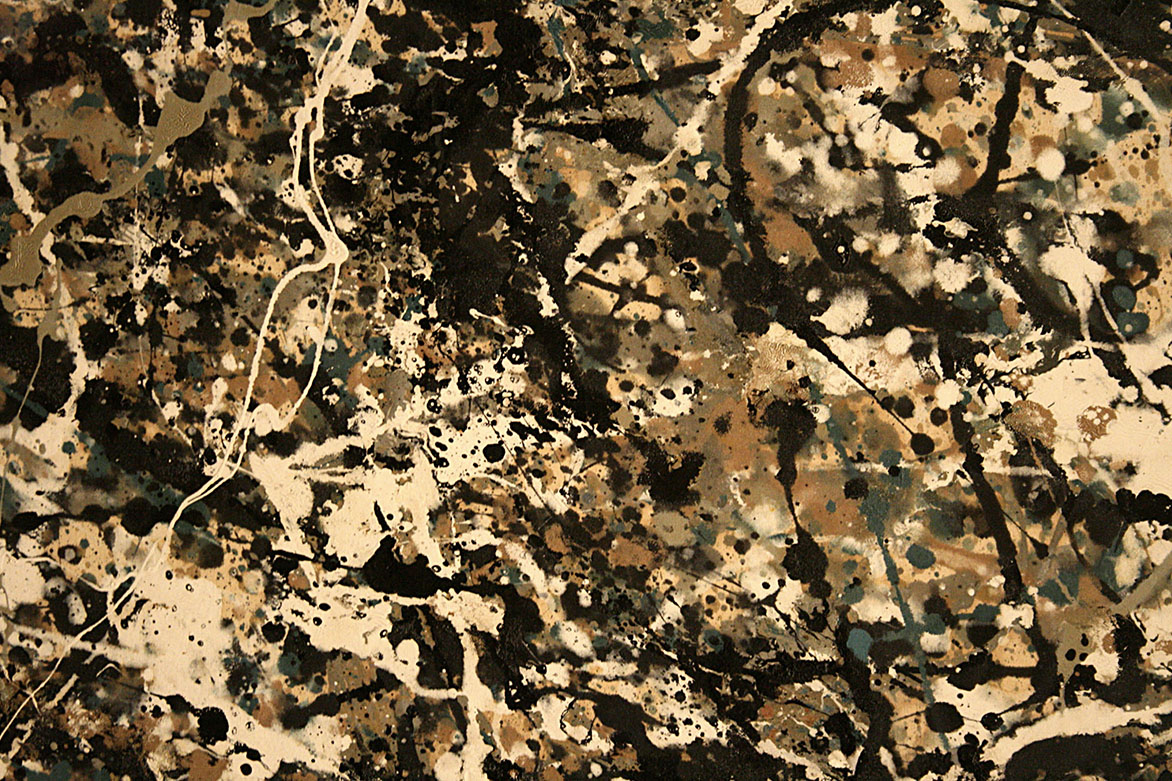Living in the time of ultrafast internet has been a godsend in delivering us to the golden age of film collecting. The web has provided ways for films otherwise lost to be shared openly, and the proliferation of Blu-rays means we can store our media at the highest levels of detail possible. For decades, we’ve been told that more detail in higher-definitions offers a better viewing experience, but for classic films, the truth isn’t so simple.
Simplicity isn’t Simple
The idea commonly stated in the digital age that more equals better is a result of market competition pushing new products as much as anything else. In some more technical ways, the claim can be true. Having a faster device with more storage is a positive thing, allowing us to accomplish more in less time. When it comes to the art and entertainment contained in and displayed by this technology, challenges to the idea begin to arise. More complexity and fidelity in these realms aren’t necessarily tied to better quality, and the same is true in many artistic and entertainment mediums. In truth, the core of the experience can be tied to a kind of pure simplicity, and this is something artists have understood forever.
Hemingway best expressed this ideal when his storytelling was criticized by Faulkner for being too simplistic. Hemingway responded, “Poor Faulkner. Does he really think big emotions come from big words?”. This central tenant of effectiveness through limitation applied to his writing, it applies to film, and it applies to many other forms of entertainment too. Pollock’s abstract expressionism, for example, is not less than hyper-realism despite offering less technical detail at a glance.

“Jackson Pollock’s Untitled (Green Silver“ (CC BY-SA 2.0) by divya_
Similar claims can be made about interactive entertainment, as is commonly illustrated today in the realm of online casino gaming. With software, slot games online can offer infinitely more complexity and detail than physical machines. This would be another case of unnecessary overkill, however, so it doesn’t happen. Instead, online casinos rely on features like free spins and deposit matches to generate advantages brick-and-mortar establishments can’t. In addition to mobile accessibility, choice, and convenience are what give these new casinos an edge, as they again work from a simple core.
Back in film, the biggest differences provided by the digital age are seen directly in the quality, color, and dimensions of each frame. Great fiction filmmakers aren’t trying to mirror real life on the screen, they’re trying to tell a story with the full understanding of how filming translates the experience. Kurosawa is one of our favorites who understood these limitations in films like Seven Samurai and Yojimbo. He knew that they would be limited to black and white, he knew the image quality would be limited to early film cameras, and he built his stories around these elements. Like with Hemingway, Pollock, sports, slots, and so many other examples, less didn’t mean a lesser experience.
The Best and Easier Ways to Watch
When you watch a film from someone like Kurosawa, you do so with the understanding that there is a definite way he intended the audience to engage. You also go in knowing that it’s often not possible to recapture this experience even with the best modern technology. You’ll never be able to perfectly reproduce the cinema setups of the 1950s, and you’ll never be able to reproduce CRT blur on a modern LCD screen. So, what can you do?
The first option which is the most broadly applicable to most viewers is to explore the viewing settings on their TV. Even before the advent of smart TVs, most televisions launched with color adjustment modes and presets. The one we’re interested in is commonly called cinema or filmmaker mode.
This setting will adjust the color, brightness, and contrast in a way that you’re likely not used to, which is why it’s often skipped over. It will also far better capture a film closer to the original spirit intended by the filmmakers. Going from the aggressive vivid setting to this mode can seem to mute the display, and it’s not always the best choice for modern media, but it’s a huge help in recapturing the feeling of classic cinema.
A less common solution available to the bigger tech fans in the audience is to use a VR headset. Home theatre VR apps emulate a movie theatre experience from the comfort of your own home, giving you a way to watch classic films back on the big screen. You can even modify the viewing options with the cinema mode function to provide an experience more accurate to what was originally experienced. This approach can even be shared with VR-donning friends.

“Seven Samurai (1954)“ (CC BY 2.0) by japanesefilmarchive
With all this said about how much viewing classic media has changed, there’s also the undeniable fact that taste is subjective. If you get more out of one type of viewing than another, even if it’s contrary to the filmmaker’s intent, then that’s still a valid choice. If possible, we would still encourage viewers to attempt the intended form of engagement, if only for better context and appreciation of the road traveled. Just maybe bypass collecting VHS tapes if you do lean more into the classic route.



